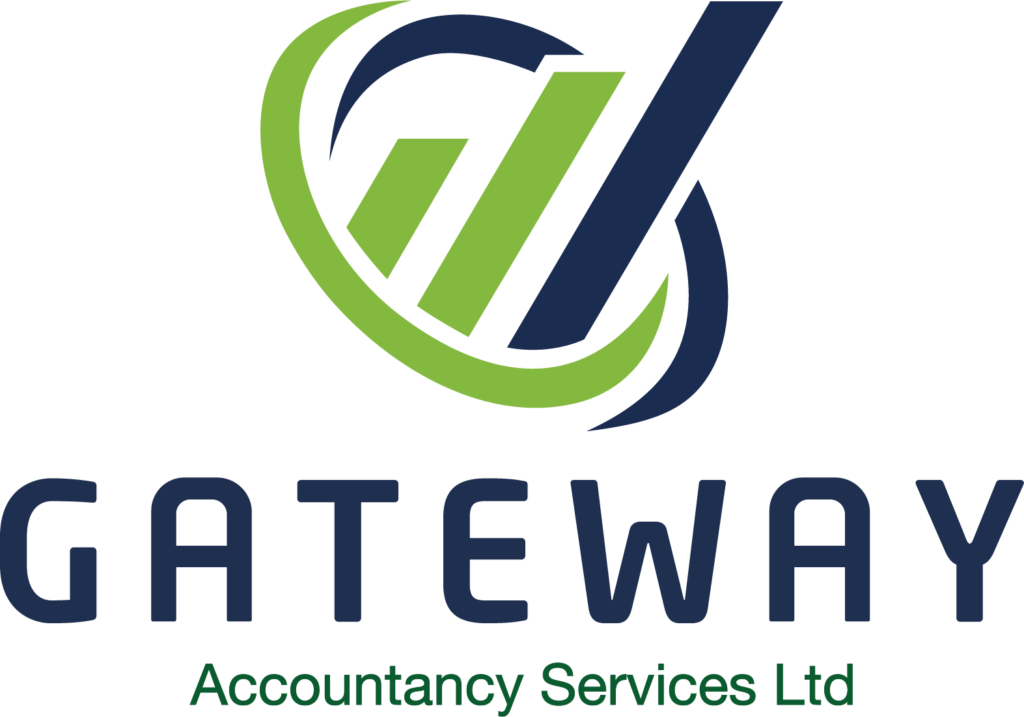
Fiscal drag, also known as bracket creep or stealth tax, refers to a situation where people’s incomes increase along with inflation, but the tax brackets and allowances don’t keep up. This results in taxpayers paying more tax over time even though their real income hasn’t increased. Fiscal drag is common in the UK and has a significant impact on the personal finances of taxpayers.
This comprehensive guide will explain everything you need to know about fiscal drag in easy-to-understand terms. We’ll cover topics like:
By the end of this blog post, you’ll understand the full effects of fiscal drag so you can make informed financial decisions. Let’s get started!
Fiscal drag, sometimes referred to as bracket creep or stealth tax, occurs when peoples’ incomes rise with inflation but the income tax brackets and allowances don’t keep pace. Over time, this pushes more people into higher tax brackets and results in them paying more tax despite not necessarily becoming better off in real terms.
In simple terms, fiscal drag is a way for governments to increase tax revenue without explicitly raising tax rates. By not adjusting tax bands and personal allowances upwards with inflation, the tax base automatically grows as wages rise. This allows the government to bring in more tax income passively.
For example, if inflation was 2% in a year but the tax brackets and allowances stayed the same, someone earning £50,000 would see their real income stay roughly the same. However, due to fiscal drag they could end up in a higher tax bracket and have to pay more tax despite not actually being better off.
Fiscal drag has the biggest impact when inflation is high. But even with lower inflation, fiscal drag can cost taxpayers hundreds or thousands of pounds over many years if tax allowances fail to keep up.

Due to the fact fiscal drag gradually raises a taxpayer’s tax burden, it has a substantial effect on their personal finances. The following are some of the main ways that fiscal drag affects taxpayers:
Increased Tax Bills: The most evident consequence of fiscal drag is an increase in an individual’s overall tax burden. People pay more taxes even when their actual income does not increase as more money is forced into higher tax bands.
Diminish Take-Home Pay: Taxpayers endure a decrease in take-home pay and a reduction in discretionary income when more money is allocated to taxes. Less money will be available for investments, savings, and household expenses.
Tax Increases Without Notice: Because fiscal drag happens passively in the background, taxpayers don’t receive notification of tax increases like they would with an official tax rate change. The incremental tax increases can go unnoticed.
Impacts Budgeting and Planning: When more money is taken in taxes, it can be harder for households to budget and plan finances effectively. Unexpected new taxes make it difficult to save, invest, and spend smartly.
Larger Tax Burden for Middle Earners: Fiscal drag disproportionately impacts middle income earners as they are more likely to be pushed into higher tax brackets. The effect is more muted on very low and very high earners.
Perverse Incentives: Some economists argue fiscal drag removes incentives for workers to increase incomes since more earnings end up being taxed at a higher marginal rate. This could discourage career advancement.
Fiscal drag commonly happens for the following main reasons:
Failure to Raise Allowances: The government frequently freezes or increases personal tax allowances at a rate below inflation. For instance, in 2022, despite inflation exceeding 10%, the personal allowance increased by a mere £300.
Absence of Bracket Adjustments: In a similar vein, tax bracket thresholds do not automatically rise in tandem with income increases. The higher rate bracket has not changed from 2013–14 to £50,000.
Government Strategy: According to experts, the purpose of fiscal drag is to raise tax income without really raising rates. They can passively collect more taxes as a result.
Real Inflation Over Time: Periods of high inflation, like in the 1970s and recently, accelerate fiscal drag rapidly. But even periods of lower 2-3% inflation can cause bracket creep over 5-10 years.
Politics: Some parties are more reluctant to adjust brackets as it is seen as a form of tax cut.

Fiscal drag may seem like a vague, technical concept, but it has real costs for UK taxpayers. Here are some practical examples of how fiscal drag has financially impacted average households in recent years:
Lost Savings: Someone earning £55,000 would see their income pushed into the higher 40% bracket due to fiscal drag over 5 years. They would pay £2,500 more in tax that they otherwise could have saved or invested.
Less Disposable Income: A two-income family reported their combined discretionary income fell by 8% one year solely because fiscal drag bumped them into a higher tax bracket unexpectedly. This impacted their holiday and home improvement budgets.
Reduced Investment: A small business owner estimated fiscal drag resulted in £5,000 less profit over three years. He scaled back plans to invest in expanding his business due to the lost funds.
Lower Pension Contributions: A married couple nearing retirement reduced their annual pension contributions by £1,000 after fiscal drag led to higher taxes and less take home pay over a number of years.
Downsized Home Purchase: An individual buying their first home found 3 years of fiscal drag pushed their earnings above the higher stamp duty threshold. This added £5,000 in unexpected stamp duty costs and forced a smaller, less desired purchase.
Lifestyle Compromises: Many families report having to compromise on things like luxury purchases, weekly shops and takeaways due to the compounding effects of fiscal drag lowering disposable incomes.
While fiscal drag is driven largely by government taxation policy, there are some steps individuals can take to minimize its impact on their finances:

Even though bracket creep is hard to totally avoid, being aware of it can help you make better financial decisions. There are legal ways to make up some of the lost income, such as making contributions to ISAs and pensions.
Fiscal drag increases the difficulty of investing, saving, and budgeting. However, UK taxpayers can lessen the effects of this sneaky tax by using the appropriate financial techniques. Use this guide as a foundation for comprehending fiscal drag and shielding your personal finances from its consequences.
